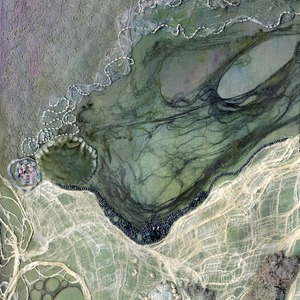Beatrice Wood
The beautiful ceramic creations of Beatrice Wood was an
instant draw for me when being introduced to the unit of Ceramics. The constant
reminder to not create functional objects and to look at form and texture. I
have to admit I found myself quite lost with this subject.
The control of my hands was an issue and I felt I could not create beautifully polished pieces as my peers would create. Then there was Beatrice Wood. I watched this woman, not far off 100 years of age with her curled sausage like hands create these bulgy imperfect forms and explaining how everything she did was a mystery, the unknown was exciting to her. Then she sloppily covered her vases and bowls in a milky white glaze to later emerge from the kiln beautiful golden pieces that would sit comforasbley on royalties dinner table.
The control of my hands was an issue and I felt I could not create beautifully polished pieces as my peers would create. Then there was Beatrice Wood. I watched this woman, not far off 100 years of age with her curled sausage like hands create these bulgy imperfect forms and explaining how everything she did was a mystery, the unknown was exciting to her. Then she sloppily covered her vases and bowls in a milky white glaze to later emerge from the kiln beautiful golden pieces that would sit comforasbley on royalties dinner table.
I was speechless at the sight of these seemily ugly things
going into the kiln and beautiful, extravagant object emerging!
How was this??
What did the kiln do to make them shine?
And why did something that look like a it was made by a child
or dug up fro ma primitive time suddenly look fantastic after that milky wash
and being fired?
These are some of the questions that were answered in class.
The white wash was glaze and it dramatically changes after
being fired.
A reduction firing is what makes these fabulous colours. The reaction was a result of additives to the glaze such as salt, sand, wood or oil. (try for myself!! )
This form of firing is very unpredictable and, I found out, was what Wood loved about using this technique. The unknown result which is something I also enjoy in my own work.
A reduction firing is what makes these fabulous colours. The reaction was a result of additives to the glaze such as salt, sand, wood or oil. (try for myself!! )
This form of firing is very unpredictable and, I found out, was what Wood loved about using this technique. The unknown result which is something I also enjoy in my own work.



Comments
Post a Comment